President Trump and his administration are advancing plans for their version of a homeland missile defense system, dubbed the “Golden Dome.” Proponents of the Golden Dome, such as Air Force Chief of Staff General David Allvin, claim that it is required to protect the US homeland. Secretary of Defense Pete Hegseth praised the project, arguing it is “a generational investment in the security of America and Americans,” and that the Golden Dome would be capable of intercepting “cruise missiles, ballistic missiles, hypersonic missiles, drones, whether they’re conventional or nuclear.”
While this all sounds good, there are reasons to worry about the genesis of the idea, its cost, its feasibility and its risks. President Trump announced the initiative in an executive order in January titled “Iron Dome for America,” a reference to Israel’s Iron Dome system. As that executive order put it, one of the goals is to “deter – and defend its citizens and critical infrastructure against – any foreign aerial attack on the Homeland.” Even senior Department of Defense officials acknowledged that this is an “ambitious undertaking.”
The Trump administration should reconsider creating the Golden Dome. Not only would such a missile defense system be costly and unlikely to pull off, but it would also run new risks.
The first problem is that the project appears to be based on the idea that the United States can replicate the successes of Israel’s Iron Dome system. The analogy is a bad one. First, the United States’ territory is vast, whereas Israel’s is tiny. While Israel has to worry about shooting down missiles over its 8,500 square miles, the United States would need to defend all nearly 3.8 million square miles of its territory. Since each Iron Dome system defends roughly 150 square miles, the United States would need at least tens of thousands of similar systems to have a chance of defending most of America’s territory. The basic question of scale makes Trump’s claim of the $175 billion price tag for the Golden Dome highly dubious.
Even if somehow the Trump administration could field such a massive system so cheaply, a second problem remains: ballistic missiles are much more difficult to intercept than the short-range missiles and rockets that Israel’s Iron Dome was built to counter. The missiles Golden Dome would be aiming at, namely intercontinental ballistic missiles launched by peer adversaries, travel hundreds of times faster than those targeted by Israel’s system. To make matters worse, a large number of high-end ballistic missiles have up to 16 warheads on them. Moreover, militaries also attach decoy warheads atop these ballistic missiles to evade missile defenses. Even Israel’s recent experience defending itself with Iron Dome from a fusillade of missiles and drones launched by Iran came to disappoint. Despite the fact that Iran’s missiles are much easier to intercept than those that would be launched at the United States by Russia or China, some of them still got through. What makes the Trump administration think that a system modeled on Iron Dome could stop a much larger launch of much more highly advanced missiles – potentially armed with nuclear warheads – from a country like Russia or China?
Lastly, a missile defense system on this scale increases the probability of preemptive strikes. For deterrence to be most effective, each side must be made to believe it cannot win a war. A Golden Dome could give the United States the false belief that it can strike an enemy first and protect itself from retaliatory strikes. At the same time, America’s adversaries would be conscious of America’s perception that it can strike first. They would then be tempted to take two courses of action. First, to further improve their own missiles, an inexpensive endeavor compared to the costs of missile defenses. It is easier and cheaper to make missiles harder to target than it is to effectively target them.
Second, a Golden Dome would make it more likely that America’s adversaries would launch preemptive strikes against the United States during a crisis. US policy holds open the prospect of launching nuclear weapons first. America’s adversaries could well view this first-strike option, coupled with the prospects of an elaborate missile defense system, as dangerous. If the United States can rest securely behind its Golden Dome, what is to stop the United States from launching a first-strike itself? By posturing their missiles for preemptive strikes, America’s rivals can work to prevent the United States from escaping the condition of mutually assured vulnerability. This creates a dangerous situation. One lapse of judgment or misinterpreted action could lead to one side launching its missiles.
There are viable options to bolster America’s deterrence. Protecting the country’s second-strike capabilities and engaging in arms control negotiations with adversaries are just two. But pursuing a Golden Dome likely won’t work, would be immensely costly and would run new risks. Modeling US missile defense on Israel’s Iron Dome is a mistake.



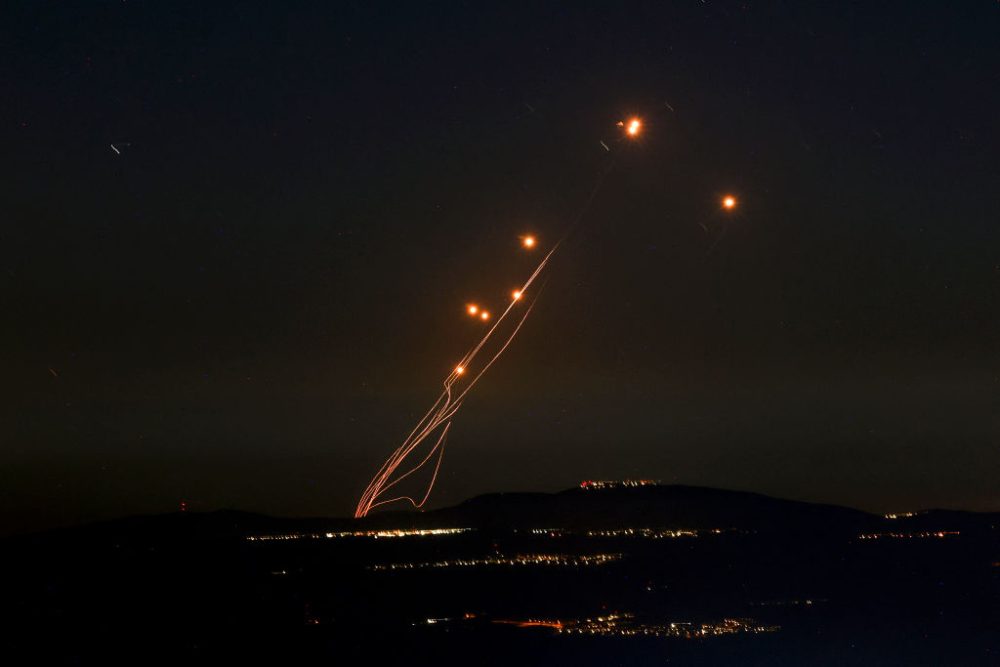










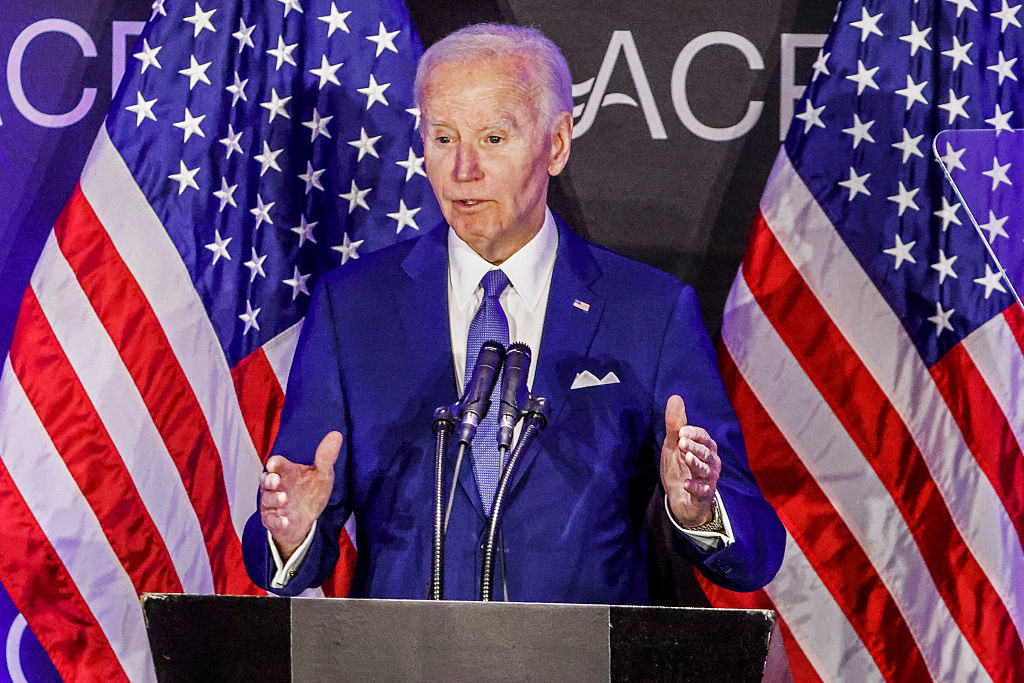
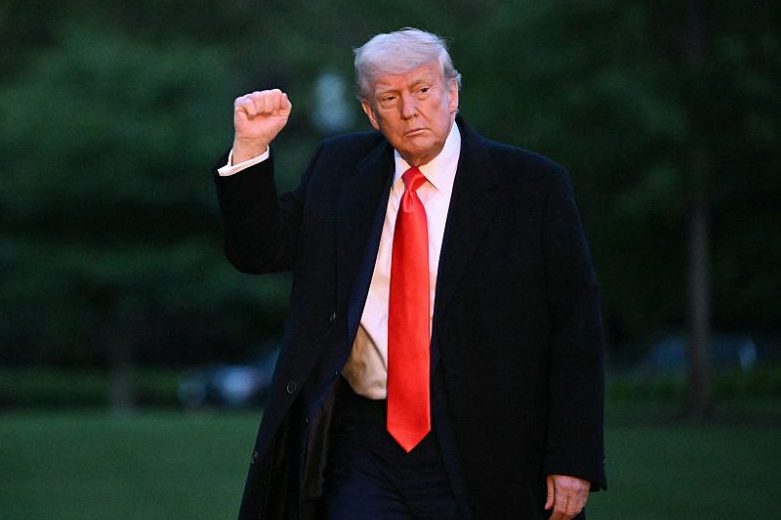
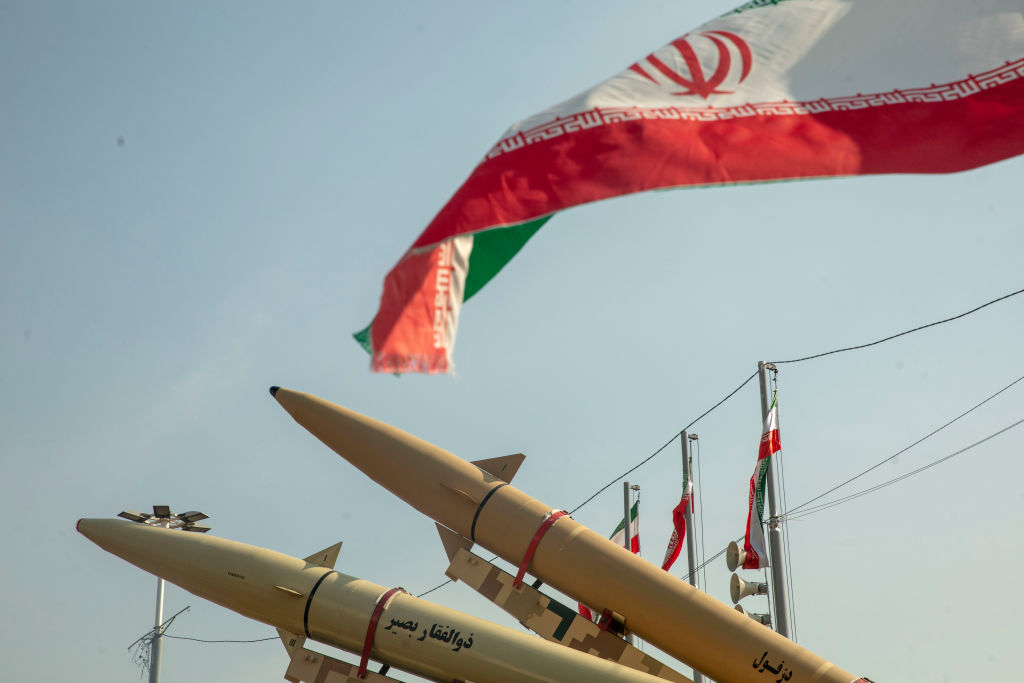
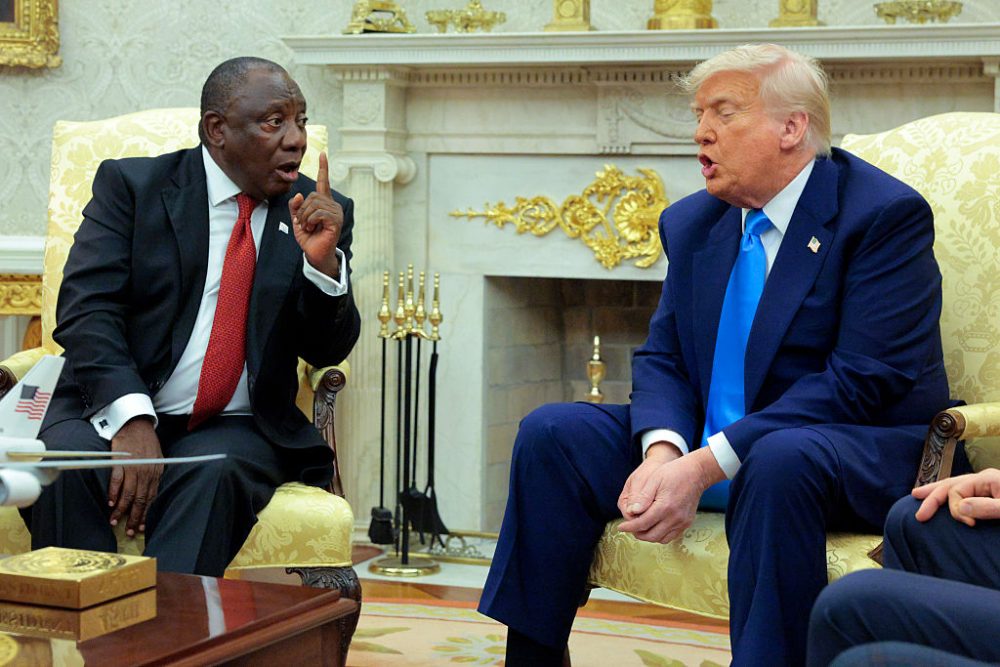
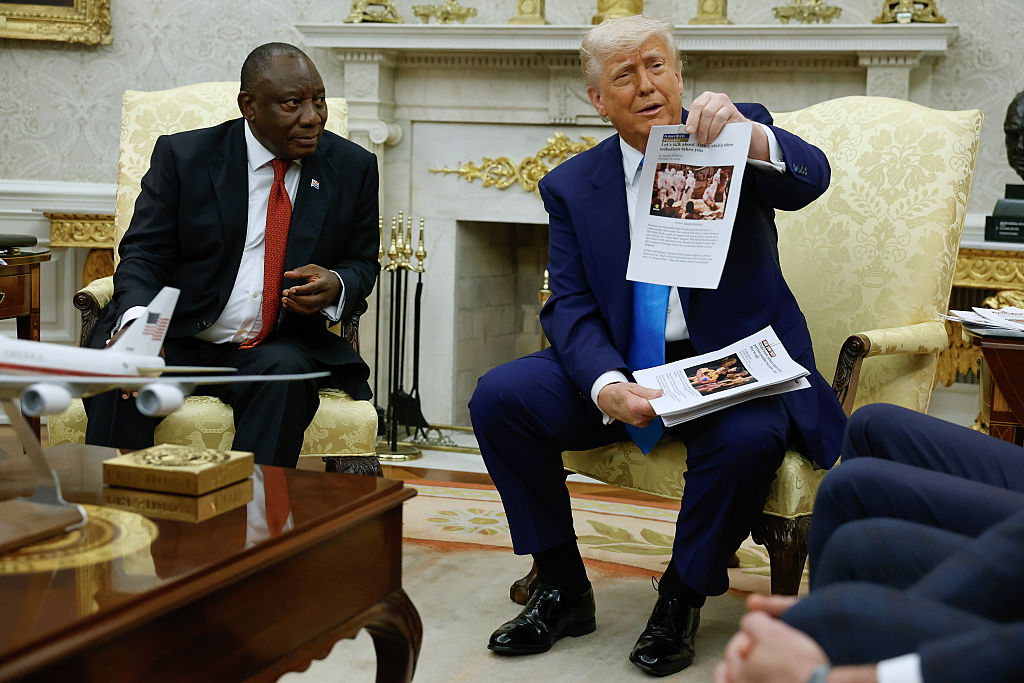







Leave a Reply